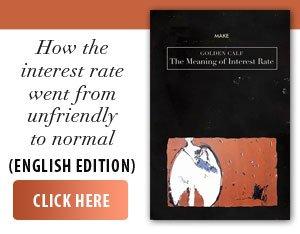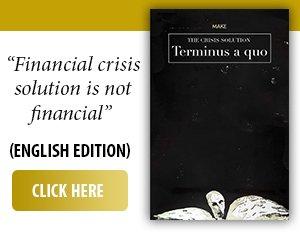The Trump 2 administration is trying to restart the American industrial engine with unconventional tools: punitive trade tariffs and massive subsidies for strategic sectors. It is an approach that is evocative of frequently the logic of quantitative easing - a state intervention with structural reconfiguration objectives.
But, unlike the relative success of QE, this new form of industrial intervention faces economic and geopolitical limits that are hard to ignore. The objectives are high, but the means are questionable.
• 1. Tariffs distort, but do not relocate
The tariff strategy relies on the idea that, if imports become expensive enough, American companies will be forced to repatriate their production.
In reality:
- Many companies move to Vietnam, Mexico or India, not to the US;
- Others bypass tariffs through intermediation;
- Domestic costs and structural rigidities remain major obstacles.
• 2. Subsidies come slowly and are countered
Stimulus programs (CHIPS Act, IRA, Made in America 2.0) are massive in allocation, but:
- have a long execution cycle (years until tangible results);
- they are competed with by similar programs in the EU, Asia and even in emerging economies;
- they do not have a guaranteed global market, as the dollar had.
• 3. Fiscal costs undermine execution capacity
In a global context of record debt:
- the US has high public interest rates and enormous refinancing pressure;
- Tariffs fuel domestic inflation;
- Subsidies are politically and fiscally vulnerable.
• 4. Why is there talk of an "industrial QE"?
The comparison with QE is relevant in terms of the underlying logic:
- In both cases, the state intervenes massively, through debt, to compensate for a competitiveness deficit;
- They rely on a multiplier effect, either in financial markets (QE) or in production and employment (industrial QE).
The difference? The dollar has guaranteed global demand. American products do not. QE has been absorbed. Subsidies and tariffs risk being rejected or neutralized.
• Conclusion: A policy with hegemonic ambition, but with unbalanced logic
The new American industrial strategy treats symptoms - not causes. It confuses the structural advantage offered by the dollar with a control capacity that no longer exists in the global trade plan.
Without a deep internal reform and without coherent trade alliances, this approach risks becoming a political projection without real economic support.
If QE was the invisible hegemony, the current model is a fragile hegemony, which imposes itself through force, not attractiveness.











































Reader's Opinion